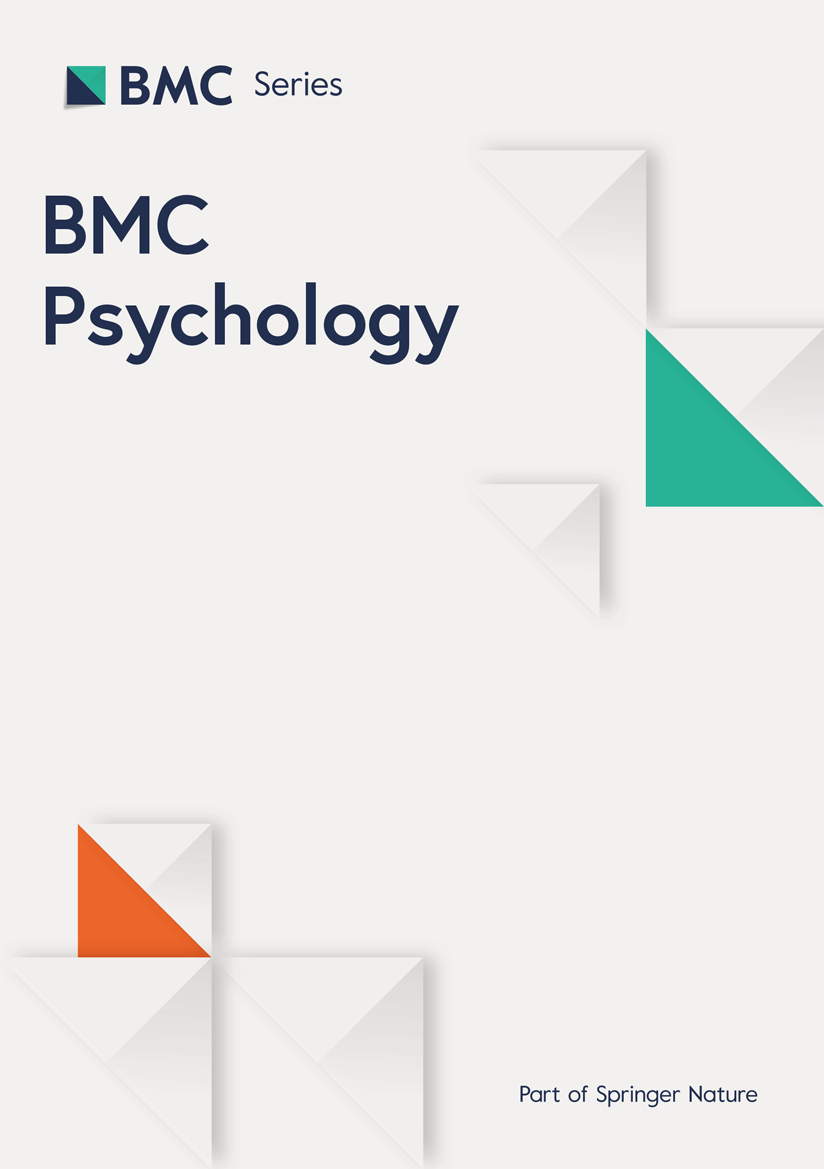This is Awakeners, a Lit Hub Radio podcast about mentorship in the literary arts. Robert Frost allegedly said he was not a teacher but an “awakener.” On every episode of this podcast, host Lena Crown speaks with writers, artists, critics, and scholars across generations who have awakened something for one another. We chat about how their relationship has evolved, examine the connections and divergences in their writing and thinking, and dig into the archives for traces of their mutual influence.
Article continues after advertisement
*
On this episode of Awakeners, Lena speaks with the novelists Tash Aw and Jemimah Wei, who connected when Jemimah signed up for Tash’s fiction master class on “time and place” in Singapore back in 2015.
Growing up in Malaysia and Singapore, Tash and Jemimah remember having almost no models for what it might look like to be a writer. The publishing industry – and the literary world – seemed to be headquartered elsewhere. This is why it was so important to Tash to return to his region to teach: to show young writers there what was possible.
After Jemimah had been writing for a while, Tash suggested Jemimah look into graduate school in creative writing, and later he connected her with his literary agent, who now represents them both. Ten years after the master class, their new books were released within weeks of one another, and Jemimah even traveled back to Singapore to help Tash launch his novel in the place where they met.
In the first half of the episode, we discuss why Jemimah stood out to Tash in class, how to make a writing life (especially coming from outside the U.S.), being “genre-agnostic,” revising book-length projects, and what to look for in a literary agent.
In the second half of the episode, Jemimah and Tash share an excerpt from The Original Daughter and The South, and we zoom in on the very themes from Tash’s master class ten years ago: time and place. We focus especially on the factors that influence how we experience time – things like age and maturity level, as well as culture, labor, economics, and the pressure to produce or succeed – and also how we experience time as readers through craft elements like verb tense and perspective, or what Jemimah calls the narrator’s “narrative perch” with respect to past or present events.
Subscribe and connect with us on our website: awakenerspodcast.com
______________________________________
Tash Aw is the author of five novels and a memoir of a Chinese-Malaysian family, Strangers on a Pier, finalist for the Los Angeles Book Prize. His work has won the Whitbread and Commonwealth Prizes, an O. Henry Award and twice been longlisted for the MAN Booker Prize. His novels have been translated into 23 languages. As an essayist and critic, he has contributed to the Paris Review, New York Review of Books, New York Times and the Guardian, among many other publications. He is currently a DAAD Artist-in-Berlin.
Jemimah Wei is the author of The Original Daughter. Born and raised in Singapore, she is now based between Singapore and the United States. She was a Wallace Stegner Fellow at Stanford University and Felipe P. De Alba Fellow at Columbia University, where she earned her MFA. A recipient of awards and fellowships from Singapore’s National Arts Council, Hemmingway House, Sewanee Writers’ Conference, Bread Loaf Writers’ Conference, and Writers in Paradise, she was named one of Narrative’s “30 below 30” writers and is a Francine Ringold Award for New Writers honouree. Her fiction has won the William Van Dyke Short Story Prize and appears in Guernica, Narrative, Joyland, amongst others. For close to a decade, Jemimah was a host for various broadcast and digital channels, and has written and produced short films and travel guides for Laneige, Airbnb, and Nikon.
More Jemimah: https://jemmawei.com/
More Tash: https://www.instagram.com/tash.aw/?hl=en
Subscribe and connect with us on our website: awakenerspodcast.com.







